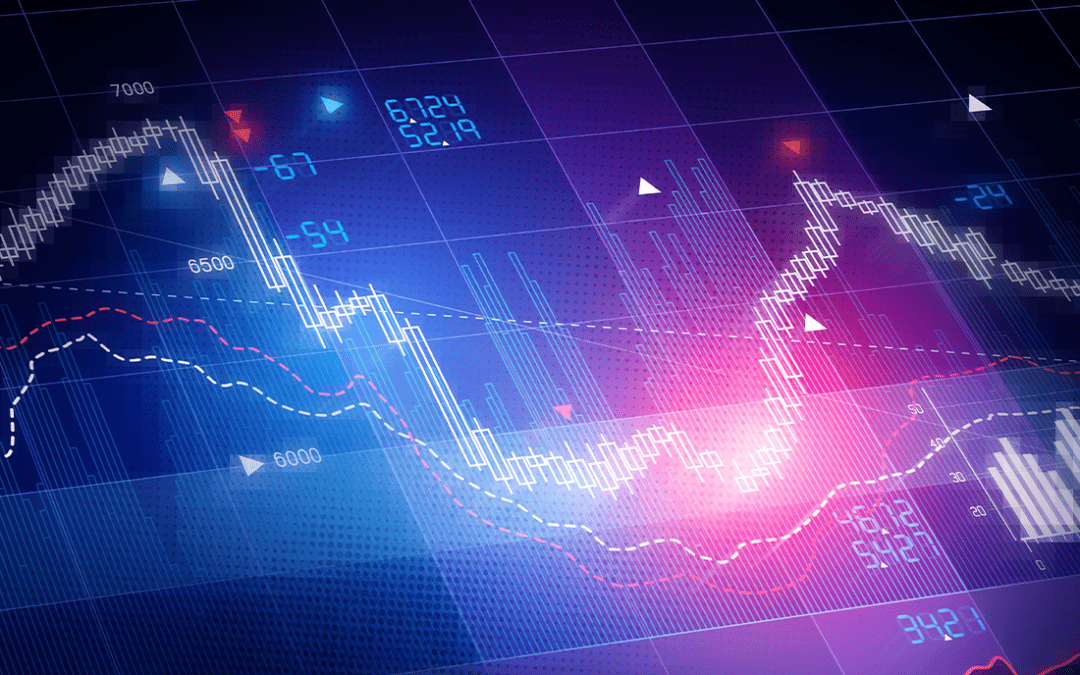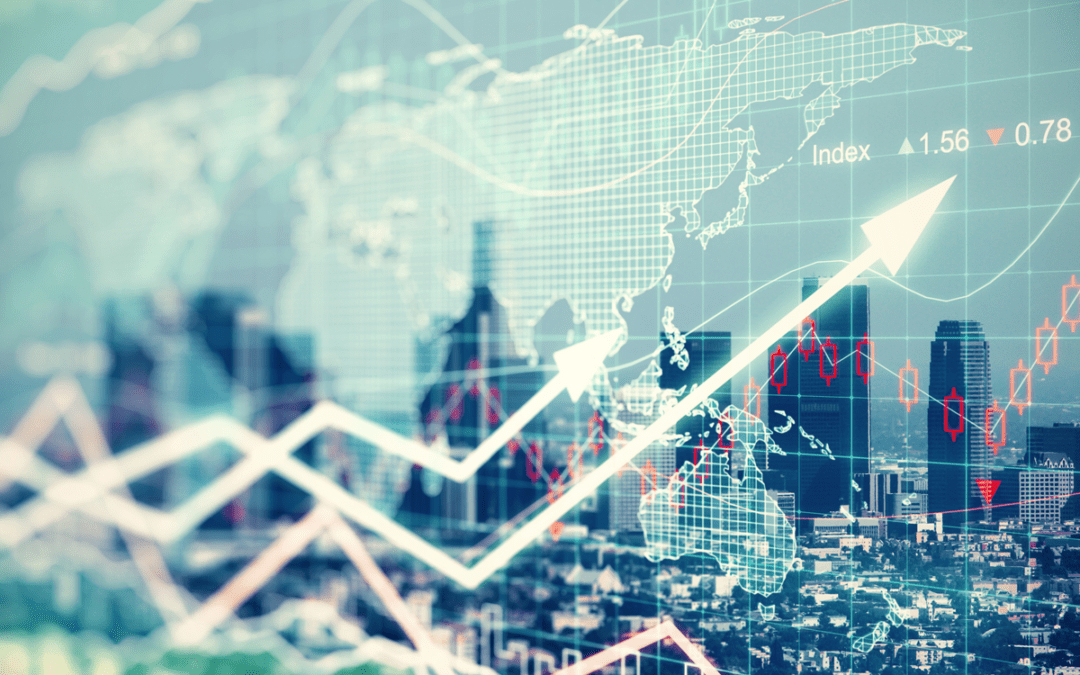By Pazinski Hong & Anish R. Verma
The CME Market Sentiment Meter (MSM) calculates market sentiment states based on a novel mixture distribution, taking input from options and futures settlement data. We compare market sentiment from financial data to text sentiment from sentiment analysis as an indicator for market trends due to external events. Both types of sentiment were explored in a case study of the year 2020 about the US Treasury 10-Year Note futures (TYF). The year brought large fluctuations in the US economy due to the COVID-19 pandemic and other major events…





